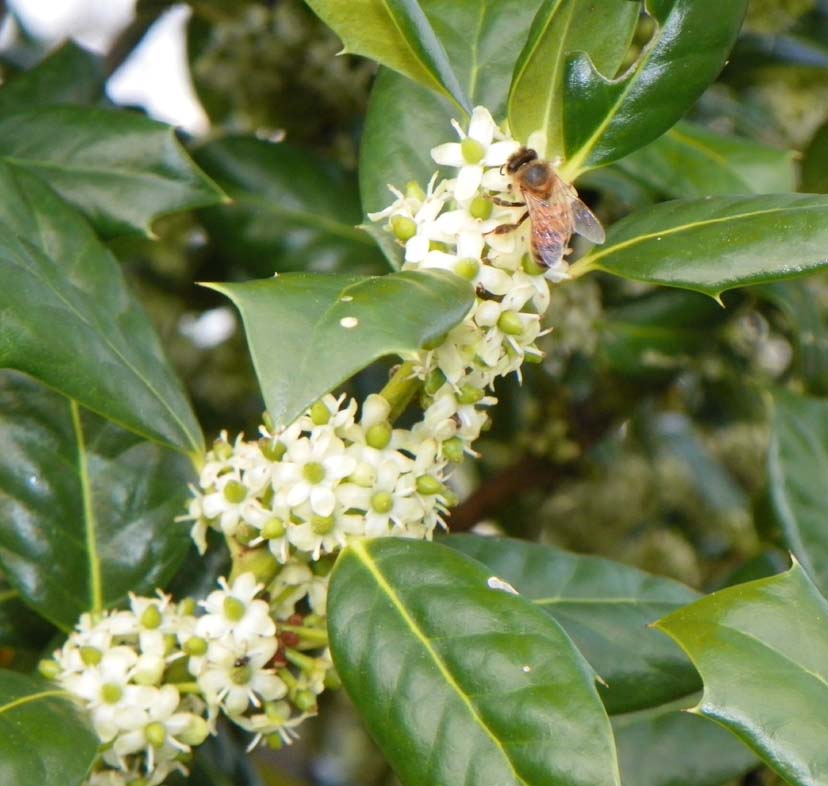This is the second of two posts highlighting how CoCoRaHS data is used and the value of the reports. We conclude this series by investigating how CoCoRaHS data is used for condition monitoring and for agricultural purposes.
Ever wonder who uses CoCoRaHS data? How do they use the data? For what purpose?
Rebecca Ward — an Extension Climatologist at our office — integrates CoCoRaHS data into the North Carolina Drought Management Advisory Council (NC DMAC) weekly meetings. Each week, NC DMAC classifies drought conditions across the state. As the primary climate focal point on this council, Ward reviews the CoCoRaHS condition monitoring reports that are currently available as part of the Drought Impact reporting form in order to prepare for these weekly drought meetings.
While NC DMAC considers objective drought indicators, these CoCoRaHS reports provide a different perspective since they include “on the ground” information, such as how plants and animals are responding to recent dry or wet conditions.
“For drought monitoring, it’s not the only piece of the puzzle but it’s such a helpful piece to know that we can now zero in on what’s happening on the ground in some places. I really appreciate all of the dedication that [condition monitoring reporters] have and I really hope that they keep doing it,” said Ward.

She also highlights the value of consistent information in these reports: “I find it really helpful because then you can really see that picture of how that [element] changes and how it responds”. As an example, some observers submit weekly supplemental pictures of features mentioned in the text, such as a creek or a garden.
Speaking of gardening, one of our NC observers was introduced to CoCoRaHS by a fellow Master Gardener. That observer recalls, “While visiting [my fellow Master Gardener’s] property, I noticed the big rain gauge so she told me about it and about CoCoRaHS”.
The concept of becoming part of a citizen science project was very intriguing to her. Another appealing aspect was being able to apply time spent participating in CoCoRaHS towards volunteer hours required by the Master Gardener program.
As a gardener, knowing how much precipitation has occurred over a period of time is very crucial as it aids in deciding whether to work the soil or wait as well as whether to irrigate or not.
She is also a Master Beekeeper. Her decisions as a beekeeper are influenced by CoCoRaHS precipitation totals. These data also assist with determining any stresses or benefits to the bees.
Historical CoCoRaHS data can play a role in decision making if a beekeeper is ordering bees from another area, such as Georgia. The NC observer said that, “then, it would be helpful to understand what the conditions in Georgia have been that would impact the availability of stock to be purchased, and what the health of that stock might be.”
She also explains that, “bees are dependent on the floral foraging sources in their area. It is commonly stated that an acre of blooms is needed to support a colony of bees.”

And, you guessed it, these flowers are sensitive to heavy dew and precipitation; in fact, they can “close up” as a protective measure. Another complexity is that some flowers — such as buckwheat and cucumbers — are only of interest to bees at a certain time of day. The bees prefer these particular flowers in the morning so even if it stops raining in the afternoon, those flower sources are just not appealing to the bees.
Most of us are probably aware that bees make honey. The NC CoCoRaHS reporter explained to me that honey is, “basically nectar that has been ‘ripened’ by the bees”. Initially, nectar is composed of more water than sugar, but bees reduce the amount of moisture in the nectar as they make it into honey.
Bees also seek out water, which they combine with pollen and nectar, to feed their young. In addition, bees work to evaporate some of the collected water. The purpose of this is to cool the inside of their hives because, as this beekeeping CoCoRaHS observer describes, “temperature also plays a tremendous role in the well-being of a bee colony.”
Several other facets of the weather can influence bees and their keepers but, as shared by this NC observer, suffice it to say, “Learning when and how to react to weather situations is a part of the art of beekeeping.”
For more information on how you can sign up to become a CoCoRaHS observer, please visit this link. In the CoCoRaHS March Madness competition to recruit the most new observers, North Carolina holds a narrow lead over Arizona in the current standings, but there is still one week left to determine the winner.